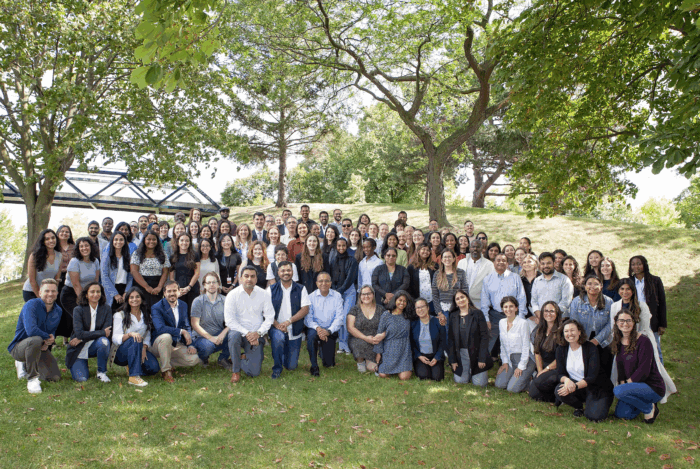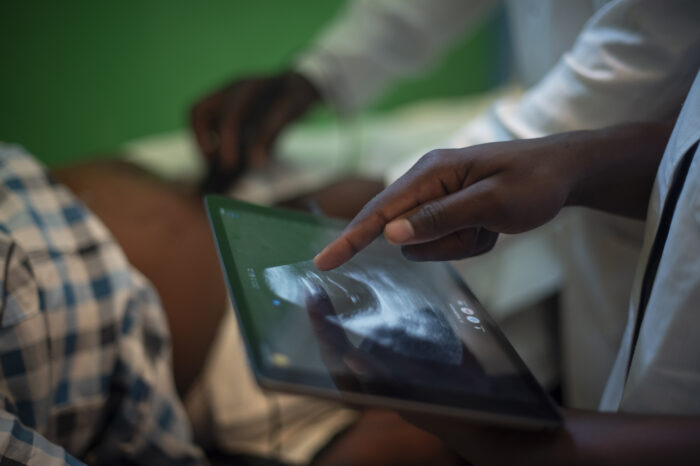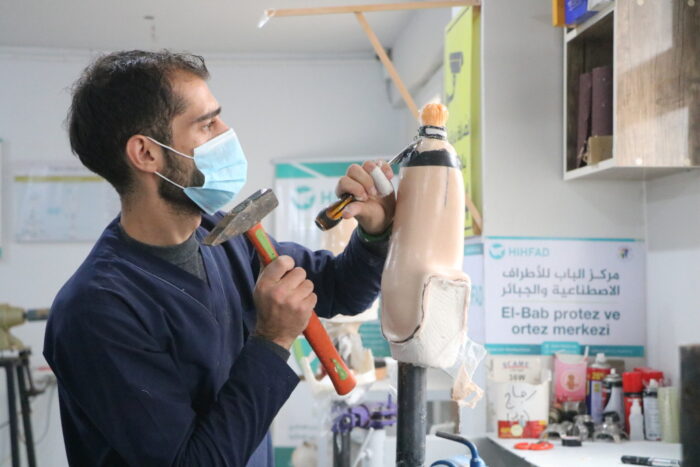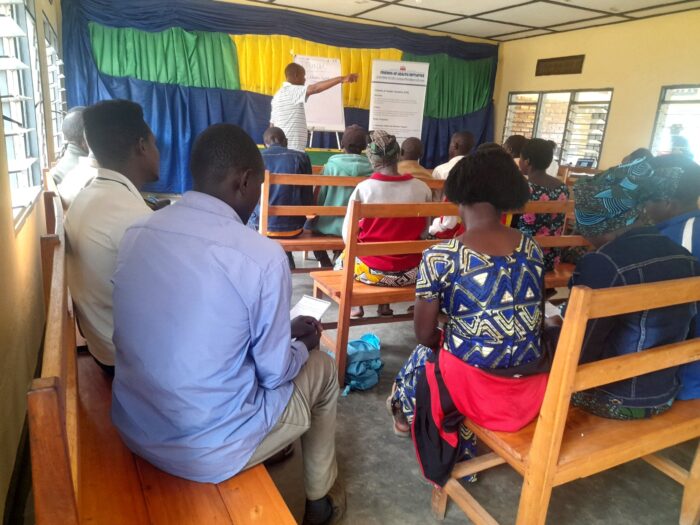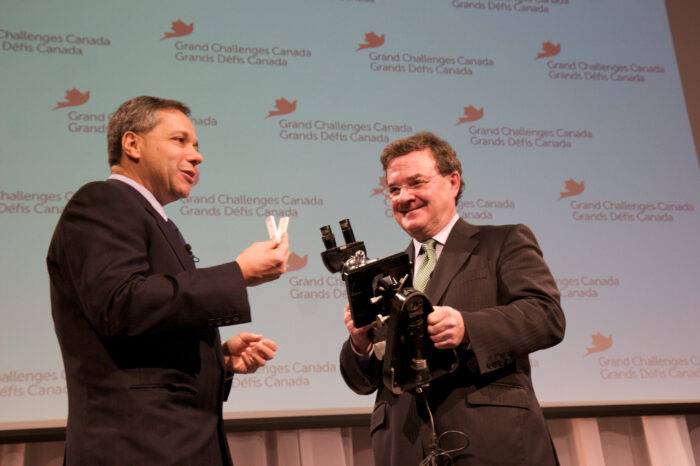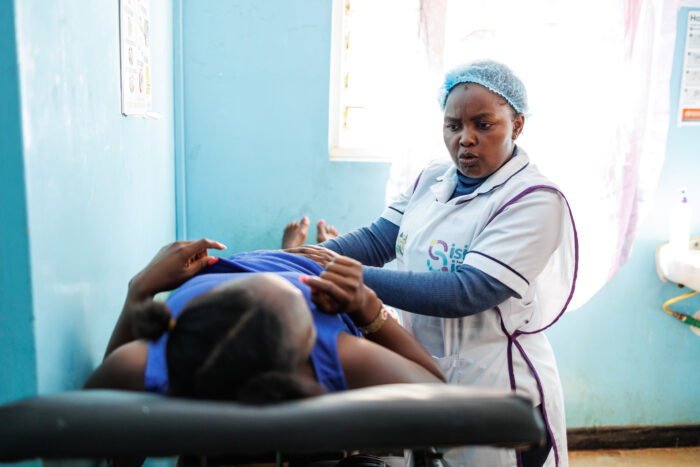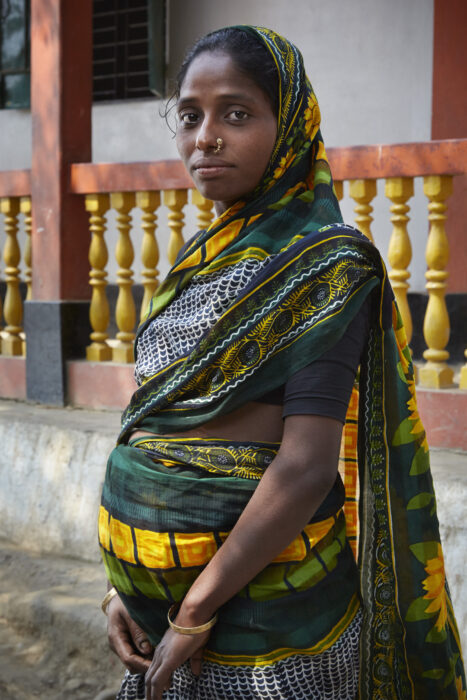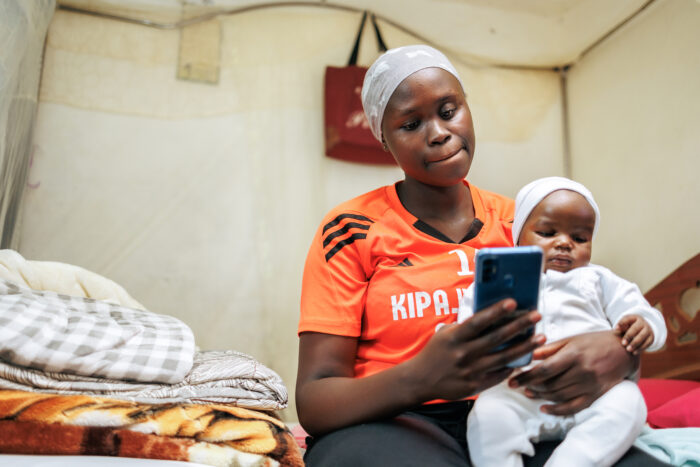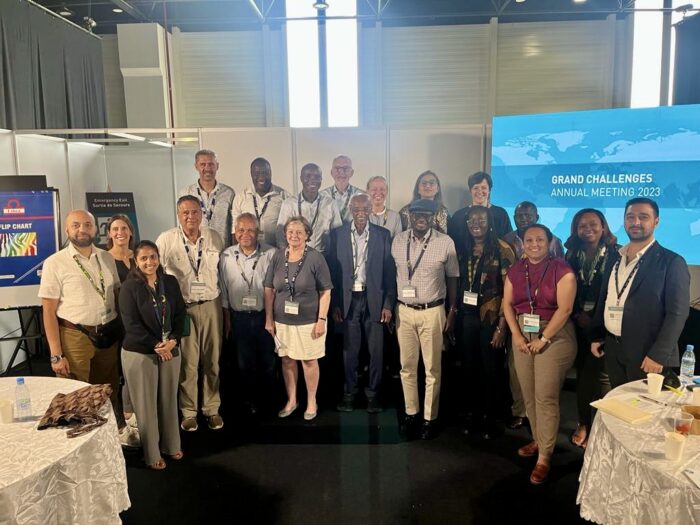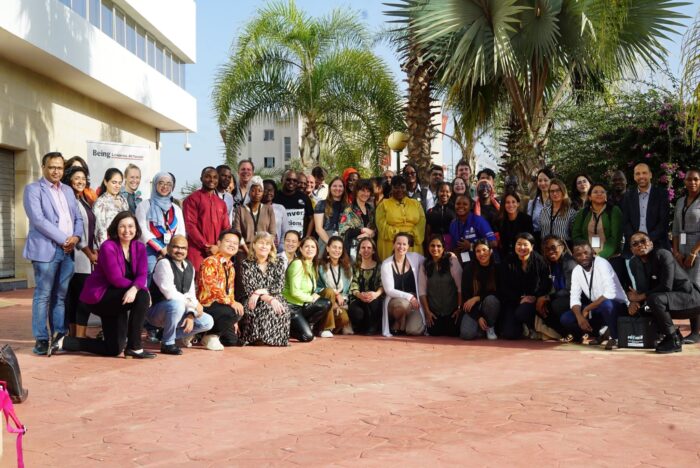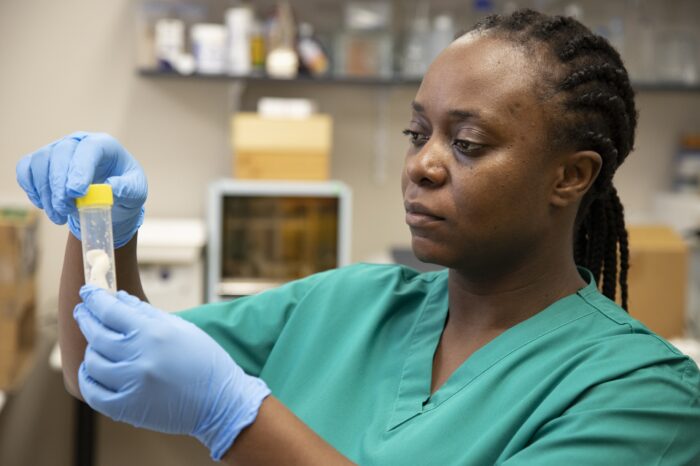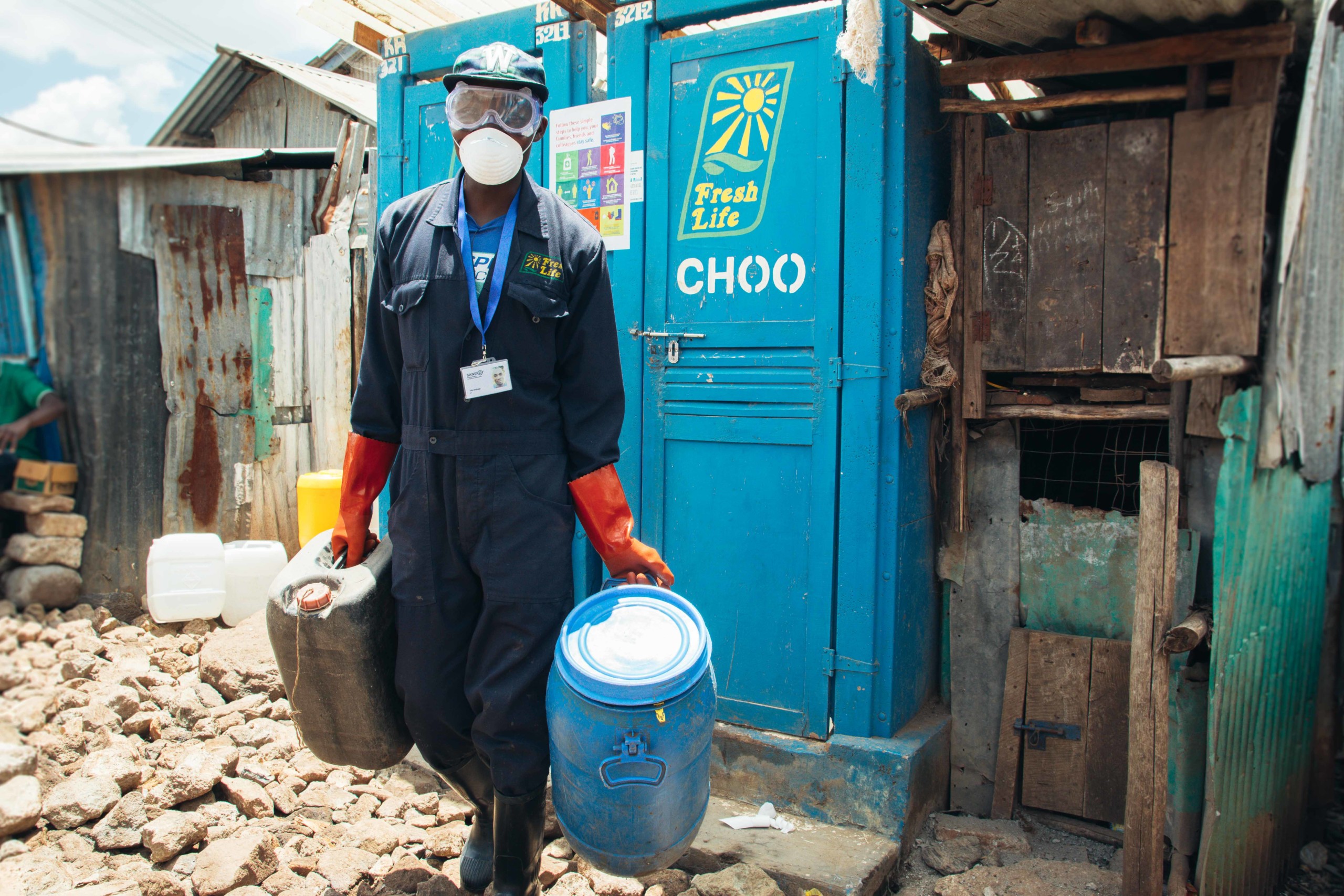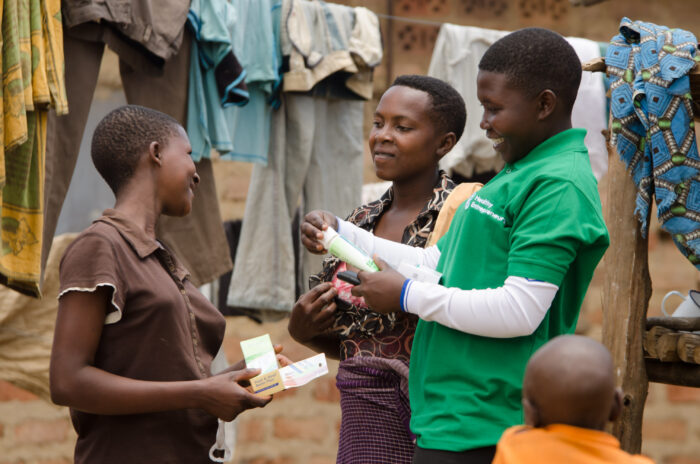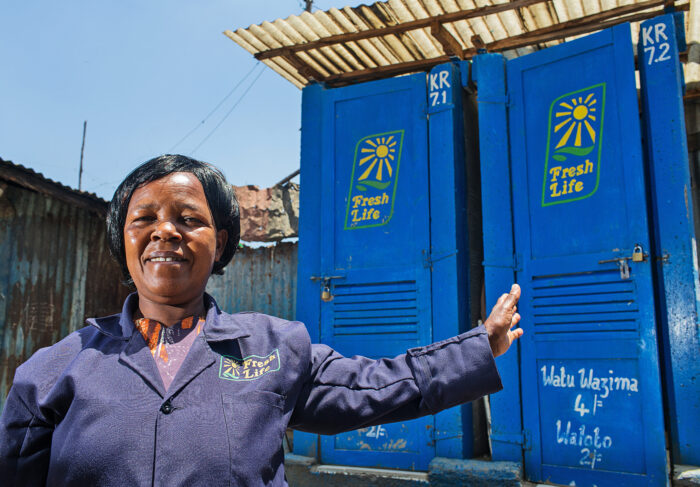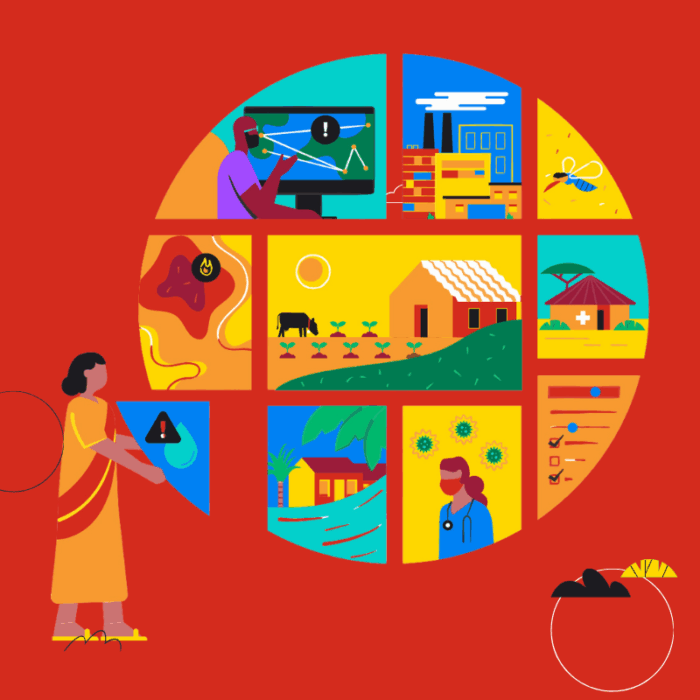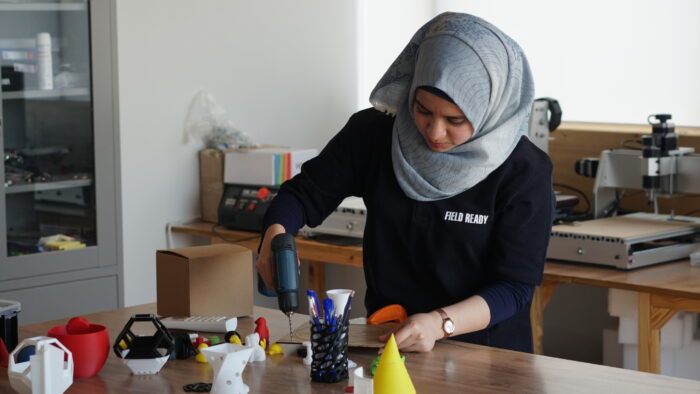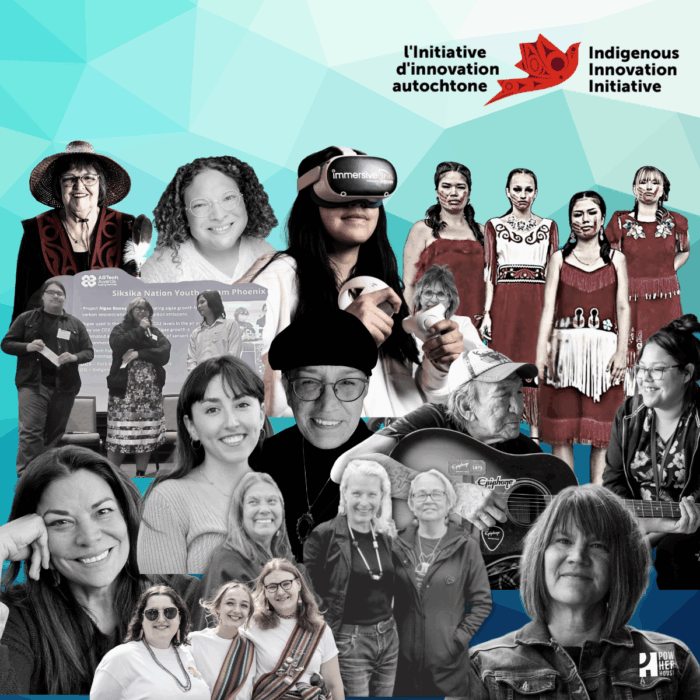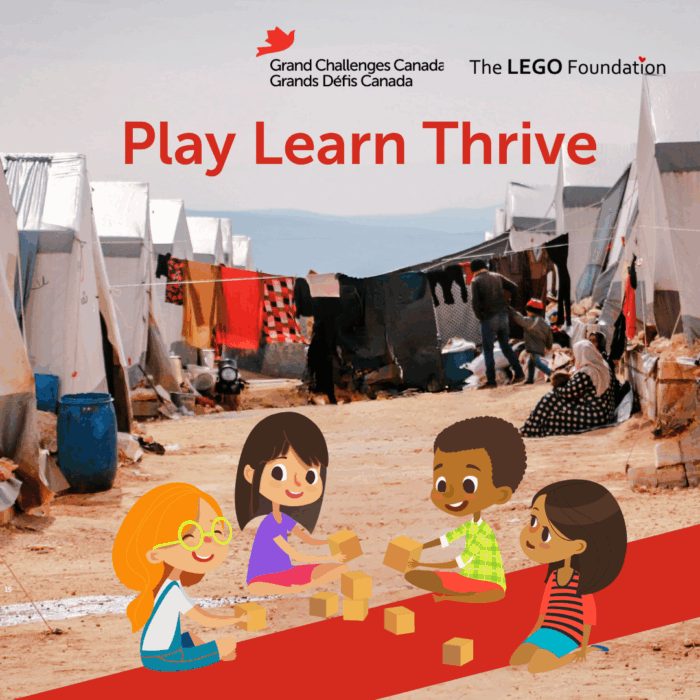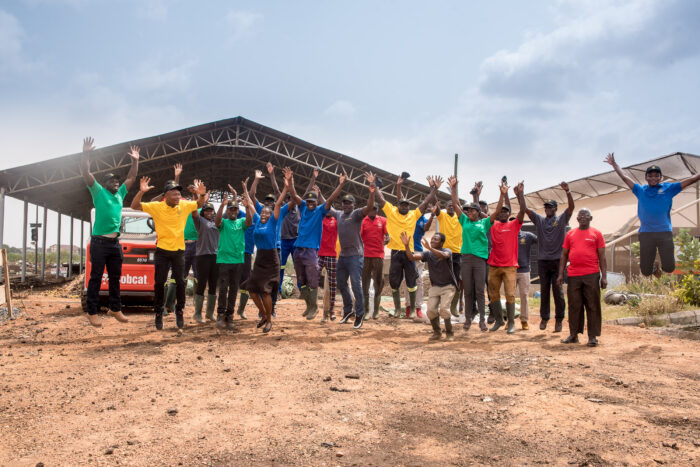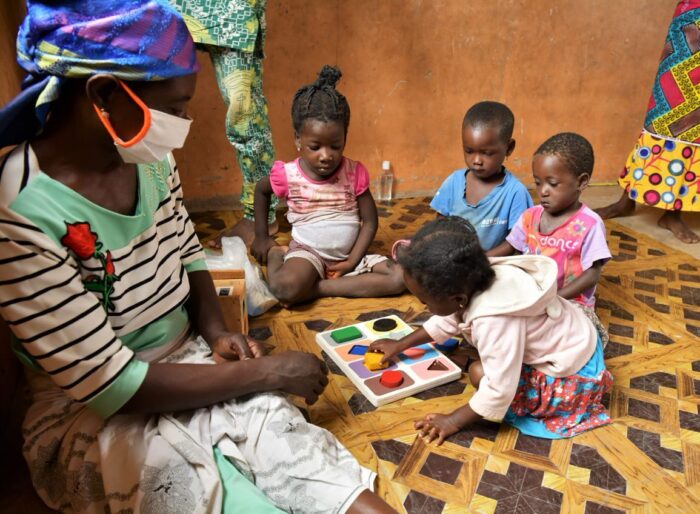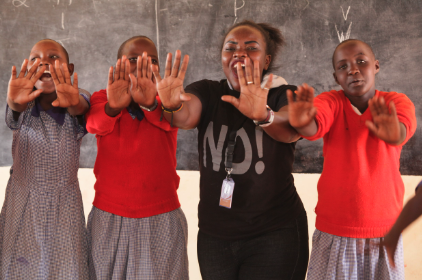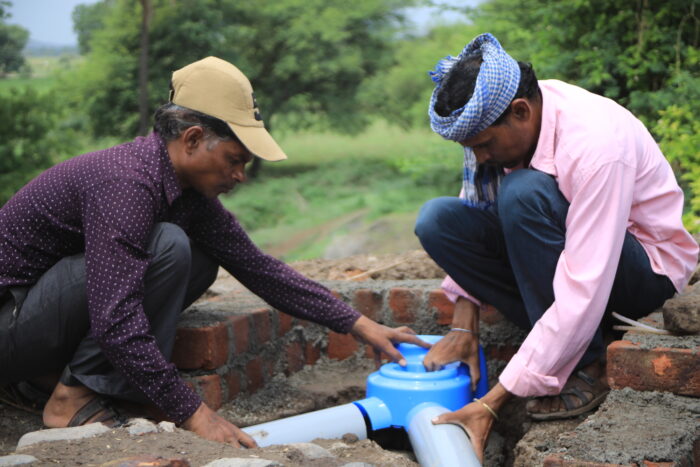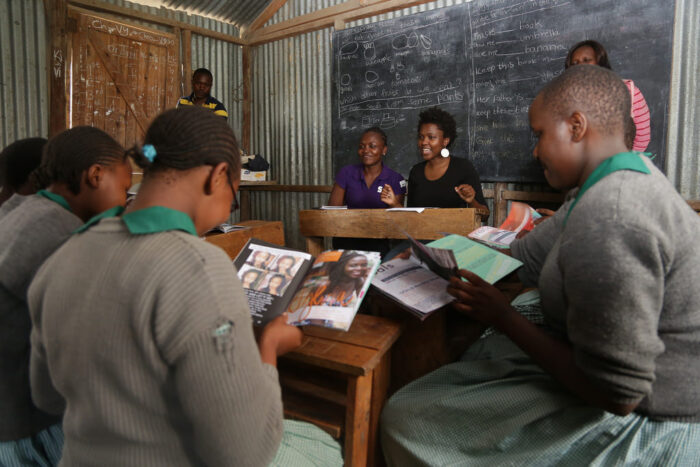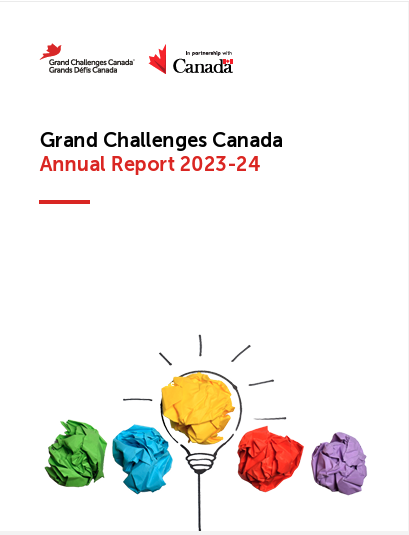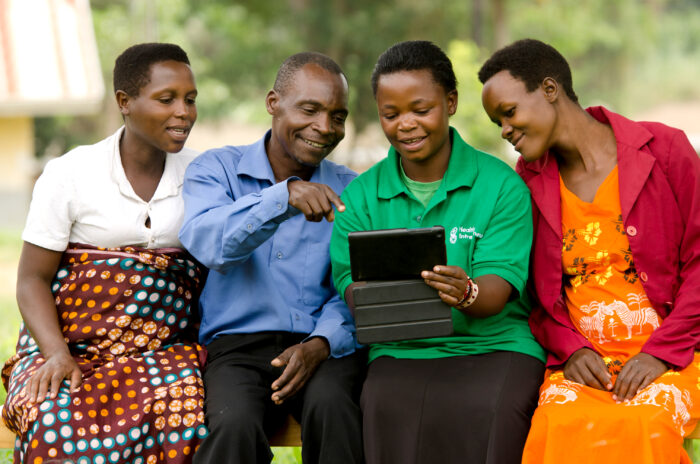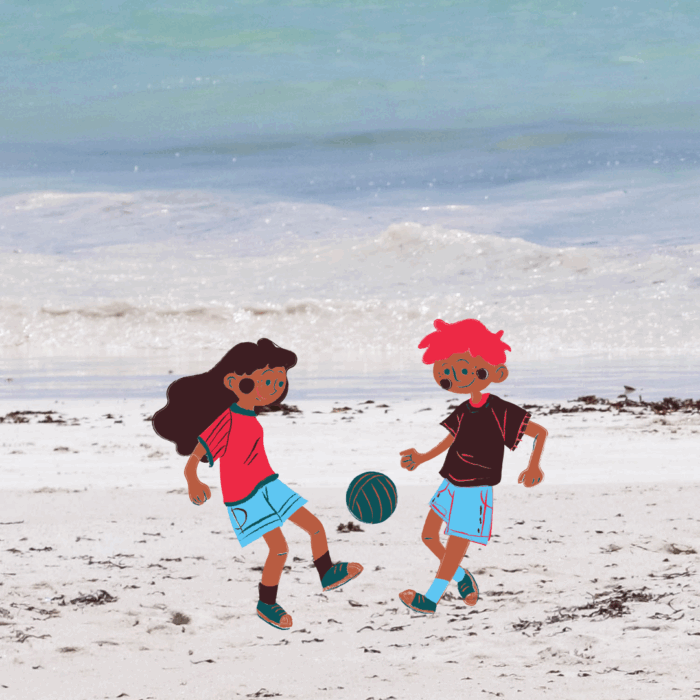Dr. Nathalie Charpak is a pediatrician and the director of the Kangaroo Foundation. She received a grant for her project in Colombia: ‘Randomized Open Controlled Trial on Kangraoo Mother Care versus Traditional Care for Low Birth Weight Infants: Patient Centered Outcomes at the Age of 18 years’.
An alternative to the traditional method
Four million children die every year worldwide during their first month of life, and in more than one third of cases, these deaths occur in developing countries and are related to prematurity and/or low birth weight (less than 2500g). It is here that the injustice begins. Caring for newborns and especially low birth weight children requires a delicate balance between the use of sophisticated techniques and often aggressive care and knowledge of the risks associated with the use of such technology to give back to the family a physically and mentally healthy infant.
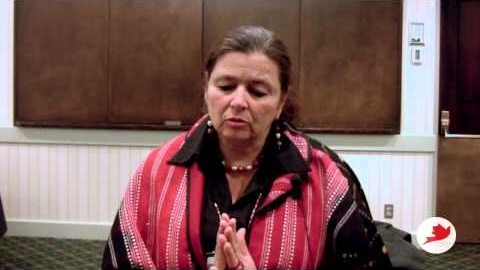
Kangaroo Mother Care (KMC) offers an alternative to the traditional method of caring for low birth weight children. It was created in 1978 (by Dr. Edgar Rey Sanabria) in a large public maternity of Bogota, Colombia, to make up for the lack of incubators, avoid frequent neglect caused by prolonged separation of the child from the mother and intra-hospital infections due to congestion of the pediatric ward. Thanks to 20 years of rigorous scientific research, KMC is now known in all neonatal units in the world, but is too often seen as a method for the poor, in countries where there is no services for newborns while the benefits that it brings are for all premature and low birth weight babies and their families. This is opens the door to give humanized care to premature newborns regardless of a country’s level of development. KMC gives to parents of these frail newborns the feeling and the security that they are the most competent and responsible persons to take care of their child once properly trained by health personnel.
What is the Kangaroo Mother Care method?
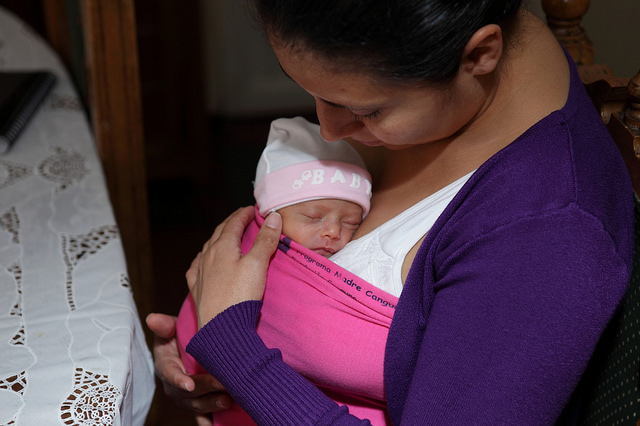
In short, as soon as possible after birth and as soon as the premature baby tolerates being handled without a change in heart rate or oxygenation, he/she is placed in a kangaroo position on his/her mother’s chest. The position is vertical, between the breasts, in direct contact with the skin as long as possible, and at least 12 hours a day. If the child is premature and immature, he/she must remain in the incubator when not on his/her mother’s skin because he cannot regulate his/her body temperature and can have hypothermia if left in blankets on a bed, with the risk of suffering hypoglycemia, which can damage his/her brain. If there is no incubator available, the father, the grandparents or other family members are welcome to carry the frail baby in a kangaroo position 24 hours a day and allowing the mother to rest. If the baby is not premature but malnourished, the risk of hypothermia is lower when the baby is not permanently placed in a kangaroo position since he/she may already be regulating his temperature but the complications are the same as well as the advice given to families. Family solidarity around the frail child is a key element in the success of KMC.
Kangaroo training takes place either beside the incubator early on, or in a room of the neonatal unit where several mothers carrying their babies can sit together and share learning sessions. The purpose of these training sessions is to prepare the mother and child to know enough to go back home as soon as possible. The future mother Kangaroo learns to place and to carry her child in the Kangaroo position, to manually extract her milk and to feed her young properly with a cup, a syringe or breast, in the correct position, or eventually by a feeding tube. The baby is fed first by a feeding tube and then directly at the breast. This is the second component of KMC and not the easiest. Mom gains confidence in her ability to support her child. The father and other family members may also carry the baby, alternating with the mother to allow her some rest.
This training is carried out under the direction of lead nurses specializing in KMC and able to assess whether the criteria for a child to leave the hospital are met. The collective training also allows the more experienced mothers to share their knowledge with the newcomers, often very anxious and awkward. The early interaction between the child and his/her mother leads to better breast milk production, which is vital for better child survival in all countries of the world.
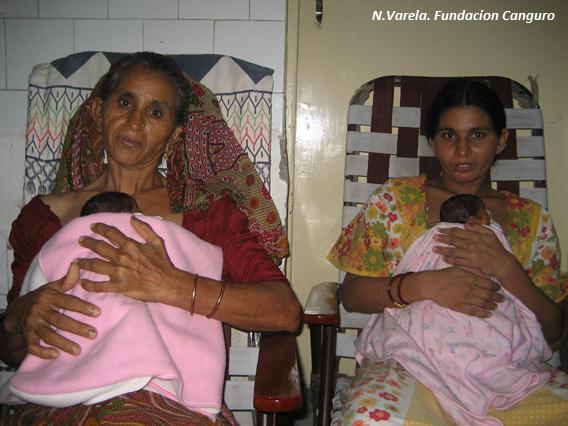
Once the training is completed, the parents are either directed to a mother-child kangaroo hospital or directly to their home with the baby, the latter attached to the mother by a band of Lycra. However, they will have to come to the clinic daily until the baby gains at least 15 grams per kilogram per day, after which the visits can be can spaced out to once per week until the child reaches the prospective date of birth. This multidisciplinary and rigorous monitoring is the third stage of the KMC. The choice of 15g per kg per day simply corresponds to the normal growth of a baby in the mother’s womb.
The subsequent monitoring of the high-risk child is structured along the institution’s existing protocol in order to detect the occurrence of abnormal psycho-motor, vision, hearing or somatic development during the first year of life. The management of these disorders occurs earlier and is more specific to prevent the onset of irreversible damages.
KMC is rather special because this technique appeared first in a southern hemisphere country, Colombia, and has spread over the past 15 years to all countries in different ways and regardless of their level of development. The first scientific and rigorous experimental study that demonstrated the safety and efficacy of KMC was conducted in Colombia in 1994; it showed that KMC could not only reduce infant mortality but also morbidity, allowing better cognitive development of the most vulnerable children, fostering a better mother-child relationship and promoting maternal nutrition.
An ambitious and unique study supported by Grand Challenges Canada (funded by the Government of Canada) has just been completed in Colombia; it was performed by the same team that assessed the original cohort in 1994. The cohort now 20 year olds was retraced (70 %), assessed under all aspects: physical, psychological, brain neuro-imaging, metabolic profile, and family and social conduct, and the quality of their entourage. The very promising preliminary results show that the protective impact on the weakest group of newborns persists after 20 years; the change of environment at 12 months has played a key role in creating a family atmosphere more conducive to improved intellectual development at the age of 20. The study of neuro-images and of correlations with different physical and psychological outcomes is just beginning, and it will take several months before solid results finally come out of this leading-edge research.
The future of Kangaroo Mother Care
Our main goal remains the humanization and improvement of care we offer to low birth weight children around the world. The cultural changes induced by the adoption of KMC in health practices fosters a more sensitive behaviour among staff responsible for child care and change their attitude towards the families. The relationship becomes that of a team chiefly concerned with the welfare of the child where everybody collaborates in mutual respect. Parents become first responders in the service itself. The KMC increases their self-confidence, reassures them about their skillsand gives them the tools needed to be the best caregivers of their frail infant. They represent the future of their child, and our role is not to replace them but to support them.
We encourage you to post your questions and comments about this blog post on our Facebook page Grand Challenges Canada and on Twitter @gchallenges.
